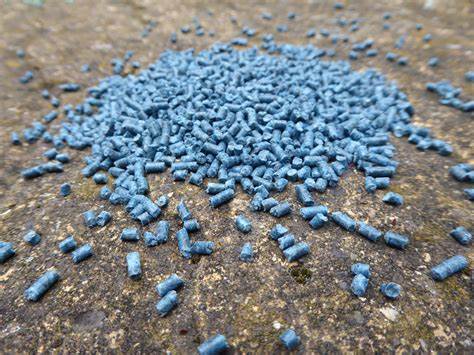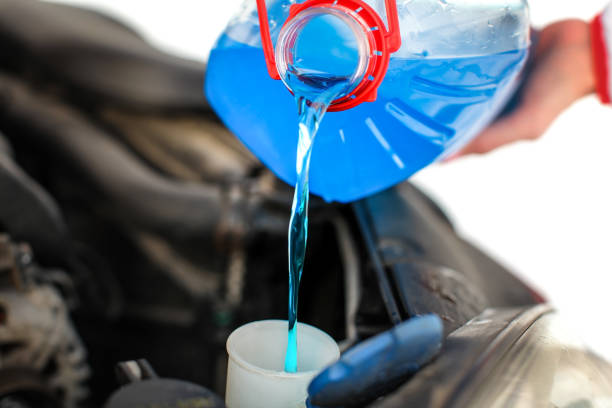
Home is Where the Heart and Potential Toxins Are
Now that you’ve learned about dangerous food items, what about other household items like bait, cleaners, and other products?

Toxic Component
bromethalin, cholecalciferol, and many others
The toxin depends on the type of rodenticide.
Signs
The signs depend on the type of rodenticide, but they may include:
- vomiting and diarrhea
- muscle paralysis or seizures
- uncontrolled bleeding
- difficulty breathing
There are many different types of rodent poison, and each type has different toxicities associated with it. When talking to your veterinarian, make sure you either bring a label or a picture of the label so we can know how best to treat your pet!
Poisoning can happen if the pet eats the bait directly or even if they consume part of the rat or mouse that ate the bait.

Toxic Component
metaldehyde
Signs
- vomiting and diarrhea
- abdominal pain
- anxiety and other neurologic signs
- convulsions and seizures
- liver toxicity
Slug bait is often flavored with molasses which can attract pets, but it also contains a dangerous compound called metaldehyde. Ingestion of even small quantities of this material can be fatal, so it is important to keep your pets away or to use safer methods of getting rid of slugs.

Toxic Component
eucalyptus
DEET
naphthalene
acetone
Signs
- depression, weakness, and confusion
- coma and seizures
- vomiting and diarrhea
- skin irritation
- liver and kidney failure (naphthalene)
There are many different types of insect repellant, and they may have different toxicity levels based on the ingredient. However, it is always best to be cautious when using insect repellants around pets.

Toxic Component
ethylene glycol
Signs
- vomiting
- depression and coma
- incoordination and seizures
- kidney failure
Antifreeze that contains ethylene glycol is extremely toxic to pets. Cats can even be poisoned by getting it on their skin! Ethylene glycol causes the kidneys to shut down and often leads to death if immediate and intensive care is not pursued.

Toxic Component
Thiourea dioxide
Chlorine bleach
Signs
- vomiting and diarrhea
- stomach ulcers
- lung irritation (if inhaled)
- skin irritation and ulceration
Bleach can result in extreme irritation to the stomach and intestines – sometimes even resulting in a perforation of the stomach. Vomiting, diarrhea, inappetence, lethargy, and hypersalivation are all common signs as well.

Toxic Component
copper
zinc
Signs
- vomiting and abdominal pain
- lethargy
- dehydration
- increased heart and respiratory rates
- seizures
Coins that contain copper or zinc can be toxic to pets. Excess amounts of copper or zinc destroy the red blood cells in the body. Zinc toxicity can also cause severe stomach irritation and even ulceration.

Toxic Component
xylitol
fluoride
Signs
- vomiting and diarrhea
- inappetence
- stomach pain
- tremors and seizures
- weakness
- death
Many human toothpaste products contain xylitol (an artificial sweetener) and fluoride. Both of these are toxic when consumed by pets.

Toxic Component
alkaline or acidic material
Signs
- oral pain and frequent swallowing
- inappetence and abdominal pain
- vomiting and diarrhea (sometimes bloody)
- liver failure
If a battery ruptures, alkaline or acidic material can leak and ulcerate (destroy) tissues.
This is by no means a complete list of toxic or dangerous household items. If you are ever concerned about something your pet ate, contact your veterinarian or call the ASPCA’s Animal Poison Control Center at (888) 426-4435 OR the Pet Poison Helpline at (855) 764-7661. There may be a fee associated with the call.
Now It’s Your Turn
Test your knowledge with this quiz to be entered into a drawing for a goodie bag.
